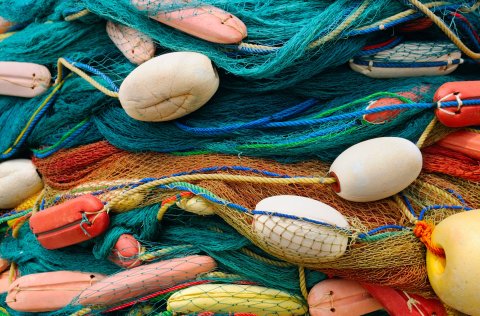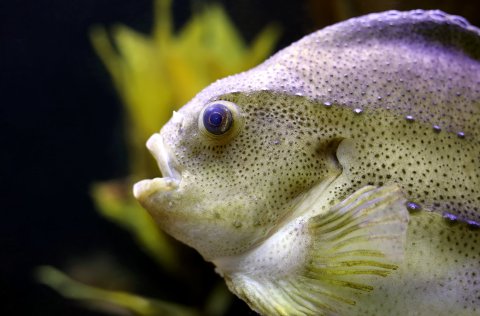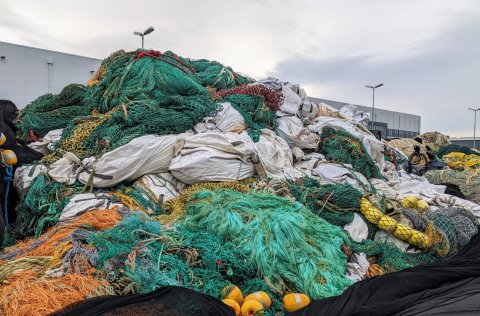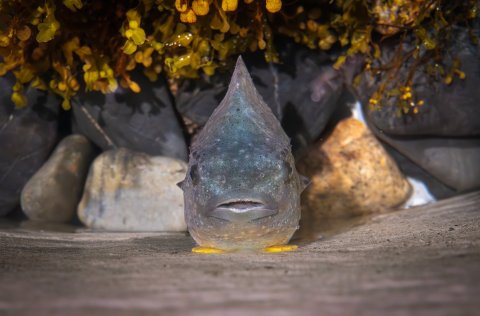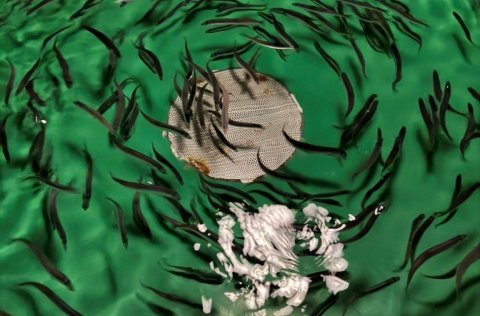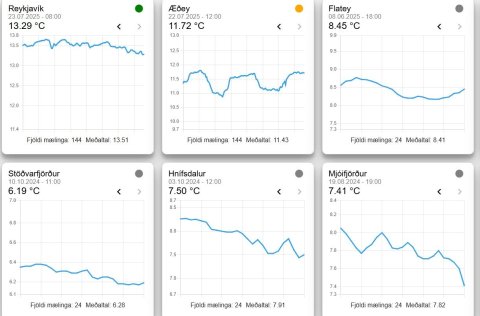
New webpage on sea temperature
A new webpage on sea temperature has been launched on the Marine and Freshwater Research Institute's website. The page contains a new presentation of data from sea temperature gauges that measure sea temperature in ports in various locations around the country.
23. July

